Frequently asked questions about food photography.
Whether you are just starting out or have some experience under your belt, we’ve provided answers to common questions that will guide your explorations into food photography. From food photography gear recommendations to how to sell your images, we’ve got you covered.
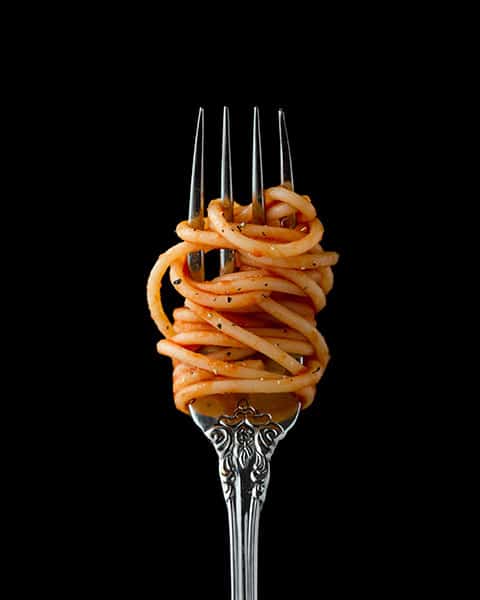
Frequently asked questions.
Is it hard to become a food photographer?
Becoming an in-demand professional food photographer in a saturated market can be challenging. However, by constantly honing your skills, developing a unique personal style, maintaining a competent portfolio, and exploring related income streams making a living as a food photographer would not be difficult for the passionate and hardworking.
What type of education do food photographers need?
Studying the works of the best food photographers of the day (and in the past) provides a foundation for learning the ins and outs of this niche. While a degree from a university isn’t necessary to make a mark in this field, an apprenticeship with a professional photography studio may be the best and most cost-effective way to gain valuable real-life experience in food photography before striking out on your own. There are also endless online resources to educate yourself on best practices in food photography.
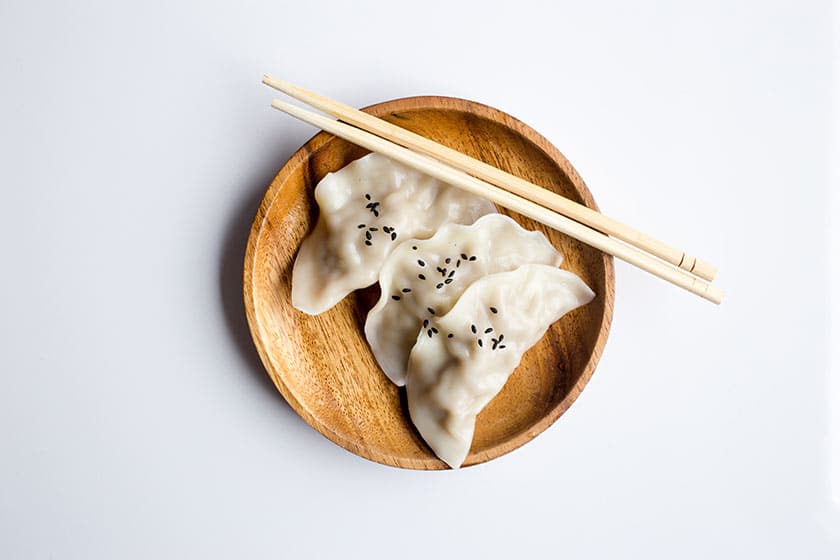
Is food photography a good career?
If you find yourself snapping pictures of each delicious meal you’re enjoying, it may be a sign that food photography is a great career choice for you. As a career, food photography offers unique and creative challenges, interesting and delicious subjects, and a behind-the-scenes look into the food industry. If you like sharing good food with others through beautiful pictures, why not give this career a shot?
Is there a demand for food photographers?
Food photography is a saturated market and freelancing food photographers may find it difficult to compete with industry powerhouses, but don’t let that discourage you. There is plenty of space in the market for photographers to make a name for themselves and have successful, lucrative businesses. By specializing in sub niches within food photography and developing a confident, personal style, photographers can stand out from the crowd and offer clients a level of artistic touch and quality that may be hard to find in stock images.
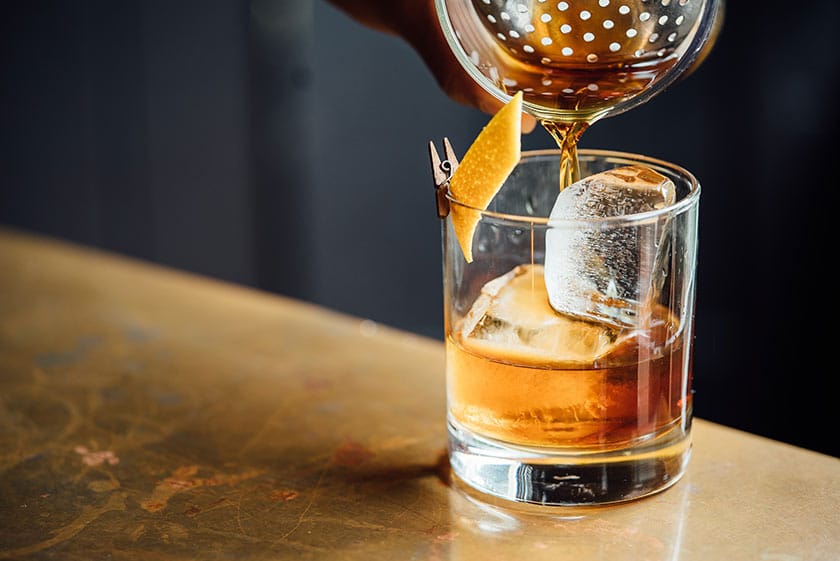
How do I sell food photos?
Food photography falls under the larger categories of both commercial and editorial photography. In the commercial realm, food companies hire food photographers (or purchase food photos) for product packaging and advertisements. Editorial outlets that require food images include recipes/cookbooks, lifestyle magazines, and food blogs. If you’re ready, consider reaching out to food companies or cookbook publishers with your portfolio and services.
How do I start a food photography business?
The five main steps are easy and straightforward. First, study food photography. Learn what works and what doesn’t within the industry, and find the style you’re most comfortable with. Then, begin practicing and building your food photography portfolio. When you’re ready, it’s time to invest in high-quality equipment and begin building a client base through outreach, professional work, and memorable customer service.
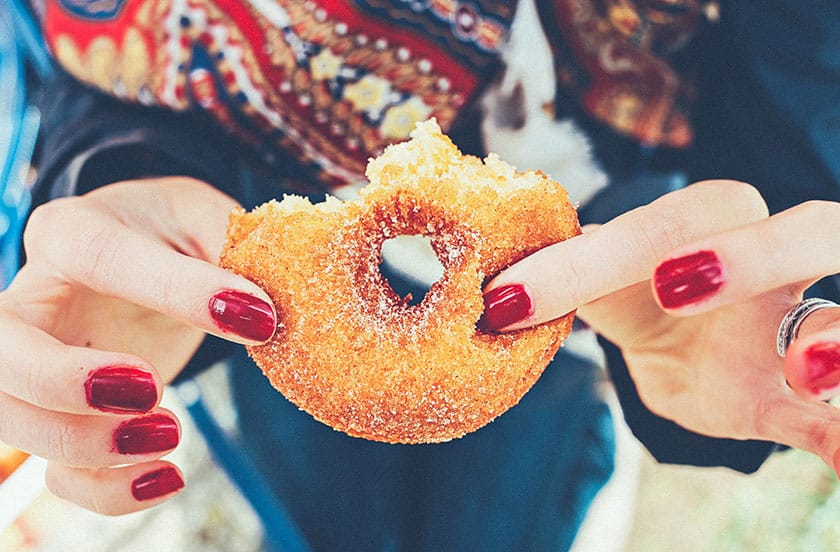
How do I become a freelance food photographer?
Getting your first few clients can be difficult; that’s why building a killer portfolio and practicing your personal, unique style and creative touch in food photography is so important. Once you have a fully developed food photography website, begin reaching out to food production companies, local restaurants, food magazines, and cuisine blogs and offer them a free or discounted service to build experience and gain a strong client base.
How can I find food photography jobs?
Food photographers may work directly for food companies, ad agencies, lifestyle magazines, cookbook and recipe publishers, restaurants, or private kitchens. Career options for food photographers go beyond simply taking pictures of food, however. If you have a passion for exploring food photography, consider becoming a food stylist, bringing your style and artistic touch to each image as you work with other food photographers.
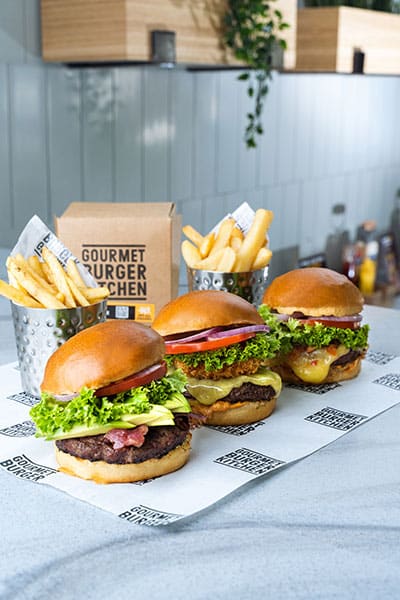
What should I charge for food photography?
When deciding how much to charge a client for your food photography services, the final number would depend on the number of hours spent on the project (from conception to delivery, including editing), the value of your equipment, and any licensing the client may request. Take the budget of your client as well as your own skill level into account as you finalize the total charge.
How do photographers make a living from food photography?
Other than becoming a hired, full-time food photographer for, say, a lifestyle magazine, earning a living in this niche would probably require the creation and maintenance of multiple income streams under the umbrella of “food photography”.
These food photography income streams include:
- Photography commissions.
- Styling gigs.
- Image licensing.
- Content creation.
- Affiliate commissions.
- Sponsorships
- Photo editing services.
- Image royalties.
- Food photography workshops.
- Coaching
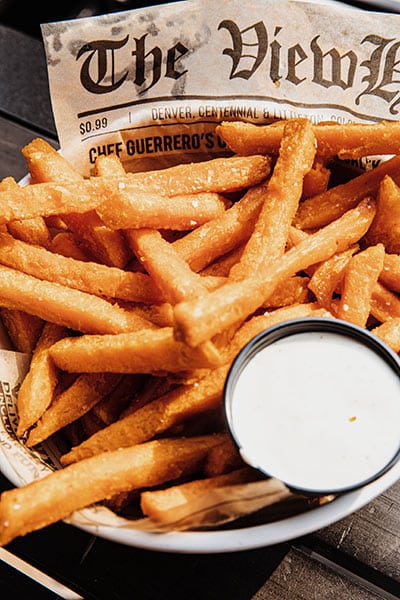
What do you need to take food photography?
To take food photography, of course you will need delectable items of food and ingredients, often times these are curated by a the chef or the owner of a restaurant/food establishment or an artistic director. You’ll also need a camera and lens that is compatible with macro photography, as well as a good editing software.
What lighting setup is best for food photography?
Just like many other types of photography, the best kind of lighting is natural light. This will often make the food look the most appealing. That being said, natural lighting can be challenging to rely on so for any studio shoots you should also be comfortable using studio lighting. When it comes to food photography, one light source may be enough, sometimes in combination with reflectors.
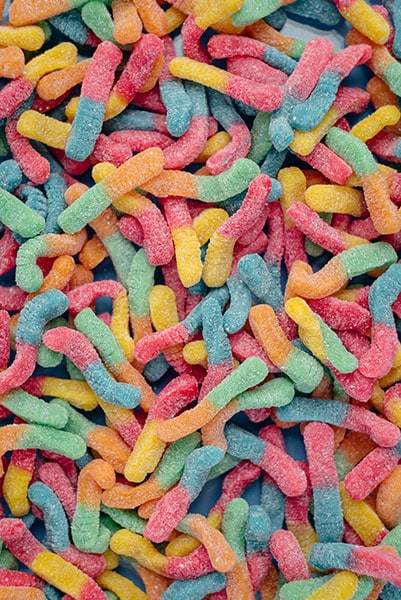
What is the best shutter speed for food photography?
Your shutter speed will change slightly depending on whether you are holding your camera by hand or whether you are using a tripod as when it is by hand you are going to be dealing with a bit of a natural shake. As a base, you are going to want to go with at least 1/80 where you can; you should typically not go below 1/60 without a tripod.
What skills do you need to be a food photographer?
As a food photographer, you are going to need to be skilled in a number of different areas, starting with your communication and networking abilities to be able to attract clients. You are also going to need to have lots of creativity and a good eye for style. Software editing skills is another component that you’ll need to have in your tool kit.
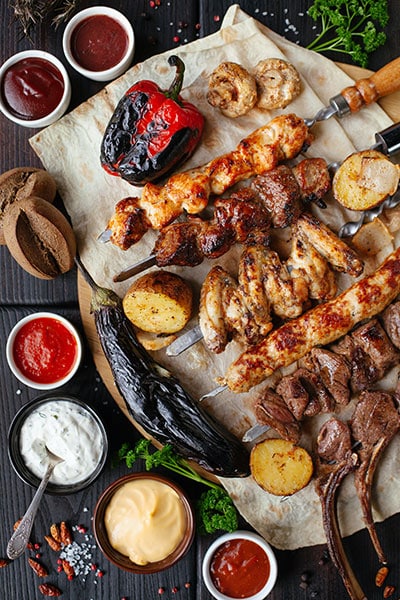
What kind of props should be used for food photography?
The props that you use in your food photoshoot should match your style as a photographer or the style you are creating for your shoot – is it rustic, modern, chic, airy? Classic props for food photography include kitchen-related items like ingredients used, fabric napkins, platters, serving utensils, and cooking supplies, such as measuring cups, pinch bowls, wood boards, etc.
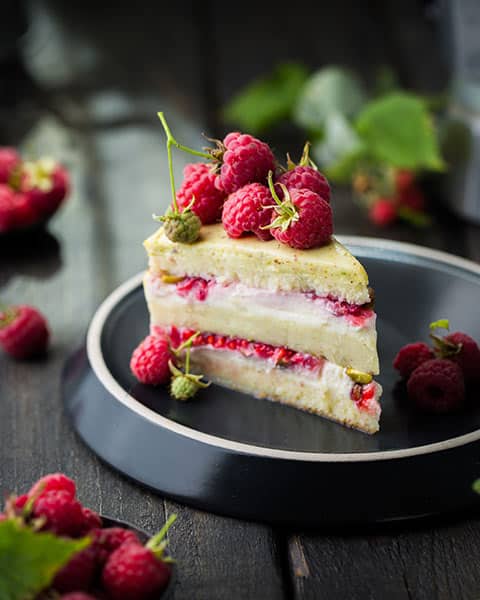
How can I practice food photography?
You can practice food photography anywhere with food! You can practice doing so in your own home, playing with props and different garnishes. You can also do it inside of restaurants with your own food that you’ve ordered or try going to a cute cafe where you can play with different backdrops.
Build an online portfolio website you love.
Put your food photography in the spotlight.